In Print
Bruin Notes
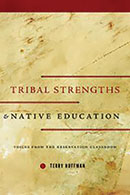
Terry Huffman (education) published a book, Tribal Strengths and Native Education: Voices from the Reservation Classroom (University of Massachusetts Press), in October. Basing his account on the insights of six veteran American Indian educators who serve in three reservation schools on the Northern Plains, he explores how Native educators perceive pedagogical strengths rooted in their tribal heritage and personal ethnicity.
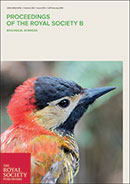
Don Powers (biology) cowrote a paper, “Integrating morphology and kinematics in the scaling of hummingbird hovering metabolic rate and efficiency,” published in February in Proceedings of the Royal Society B, the British-based Royal Society’s flagship biological research journal. Collaborating on the piece were Ken Welch of the University of Toronto and Bret Tobalske from the University of Montana.
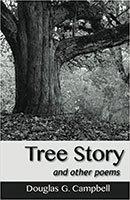
Doug Campbell (professor emeritus, art) published his book Tree Story and Other Poems in January (Oblique Voices Press). It was his second book of poetry released following his stroke in 2012, which left him with a language disorder called aphasia. According to the publisher, the book “challenges us to see through a different lens, one that clarifies and sharpens the natural world, and that places humans as supporting actors in the grand drama nature gives us.”
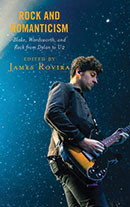
Gary Tandy (English) wrote a chapter, “When the Light that’s Lost within Us Reaches the Sky: Jackson Browne’s Romantic Vision,” for the book Rock and Romanticism: Blake, Wordsworth, and Rock from Dylan to U2 (Lexington Books), released in January. In it, he evaluates Browne’s music against the taxonomy provided by Löwy and Sayre in Romanticism Against the Tide of Modernity (2001) to argue that Browne is indeed a 20th-century American Romantic poet.
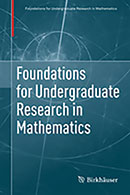
Corban Harwood (mathematics) wrote a chapter, “Steady and Stable: Numerical Investigations of Nonlinear Partial Differential Equations,” for the book Foundations for Undergraduate Research in Mathematics (Springer International Publishing). Released in March, the book features accelerated introductions to 11 areas of mathematics by researchers who have worked extensively and successfully with undergraduates.
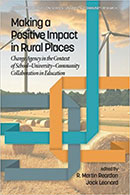
Brenda Morton (education) and Anna Berardi (counseling) cowrote a book chapter, “Creating a Trauma- Informed Rural Community: A University-School District Model,” for R. Martin Reardon and Jack Leonard’s book Making a Positive Impact in Rural Places (Information Age Publishing), released in March. It was Morton and Berardi’s third publication detailing their work helping school districts shift to trauma-informed school programming.
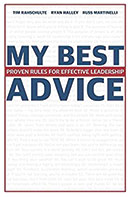
Tim Rahschulte and Ryan Halley (business) wrote about leadership advice, lessons learned and rules to follow in their book My Best Advice: Proven Rules For Effective Leadership (IntelliPress Media). Released in December, it was written after several years of research and thousands of interviews with leaders – including industry executives, coaches, government administrators and world-renowned academics. Also contributing to the book was Russ Martinelli, founder and president of Innovation InSites and a senior program manager at Intel.
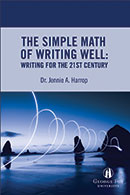
Jennie Harrop (Adult Degree Program) in January published the university’s first open textbook. The Simple Math of Writing Well: Writing for the 21st Century (George Fox University Library) outlines the basics of linguistic structure and mechanics in clear, simple terms. The book also emphasizes the importance of purpose, audience and intentionality, and addresses basic grammar rules that have changed over the years.
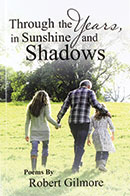
Before his passing in February, Bob Gilmore (faculty emeritus) published a book of poems, Through the Years in Sunshine and Shadows (Xlibris), in November. The collection focuses primarily on the subjects of life, love and happiness.
Bruin Notes
- Adult Degree Programs Now Offered Online
- Building Momentum
- University Procures a Biblical Masterpiece
- Nutrition, Exercise Classes Offered During Health & Wellness Week
- Recent Recognition
- New RN-to-BSN Program Set to Launch in 2019
- Spring Sports Roundup
- Student Spotlight: Anastasia Reinhardt
- Student Spotlight: Marlina Serratos
- Bruin Swim Team Prepares for Inaugural Season
- Tax-Aide Program Provides Tangible Service to Community
- Textbook Affordability Program Saves Students Nearly $800,000
- University Recognizes Top Teachers, Researchers for 2017-18
Alumni Connections
- Kasler Puts Civil Engineering Degree to Work on Campus
- Ostrom Reaches Semifinals of Golf Channel’s ‘Shotmakers’
- Life Events
- News, by Graduating Year
- Henderson Works to Achieve Comprehensive Healthcare through the Well Being Trust
- After Completing Doctoral Degree at 80, Anding Ready to Help Those Suffering from Addiction
- Send Us Your News













